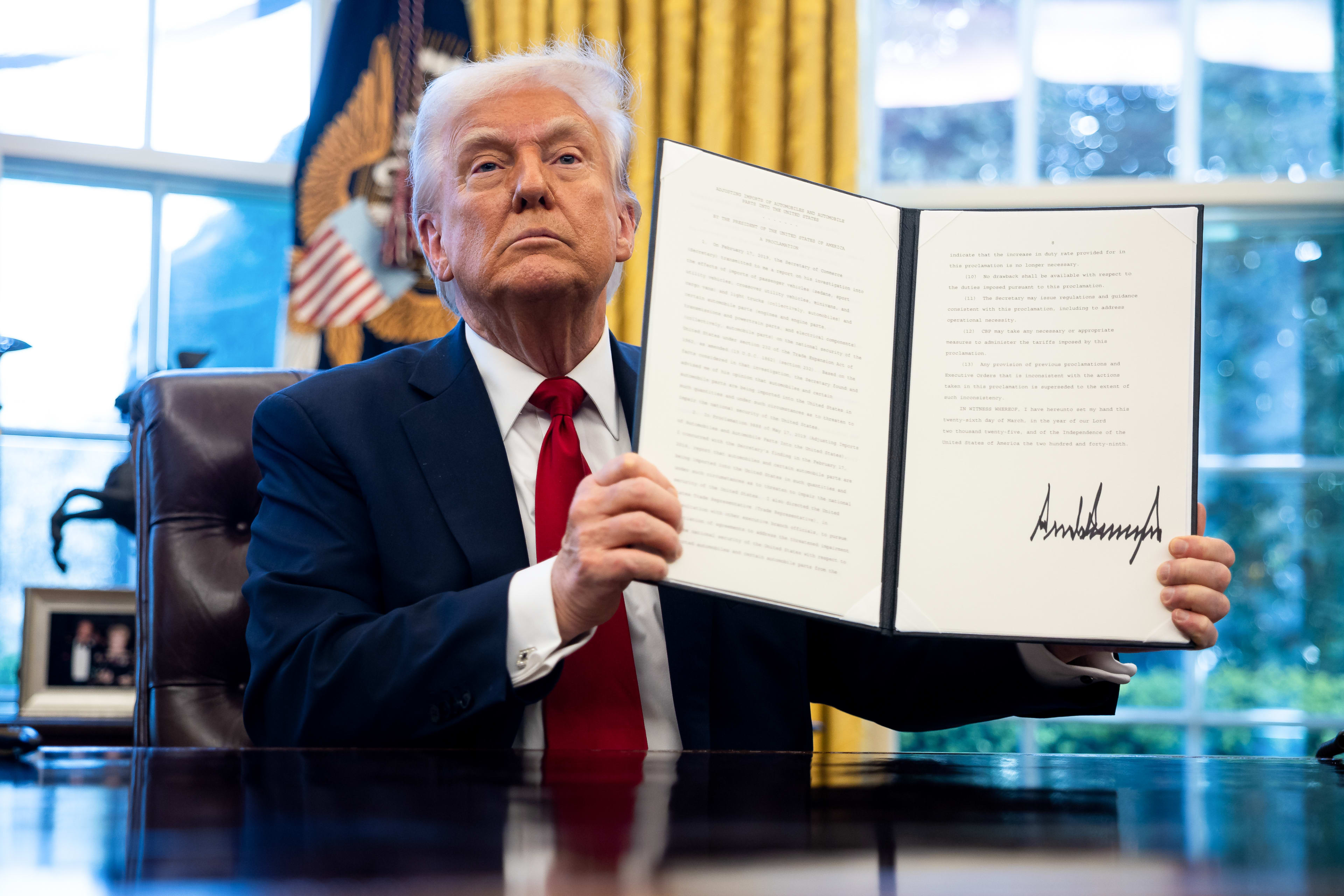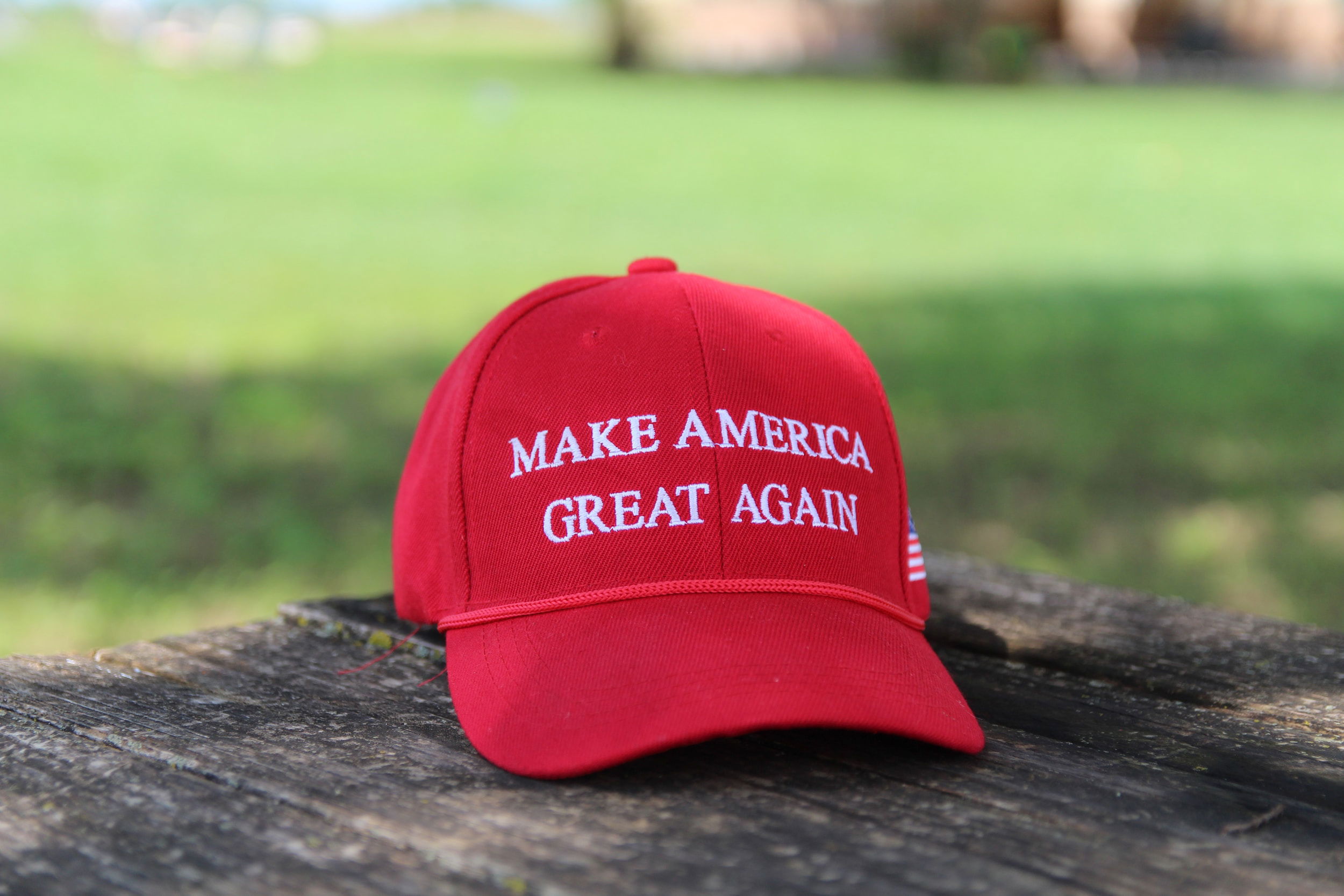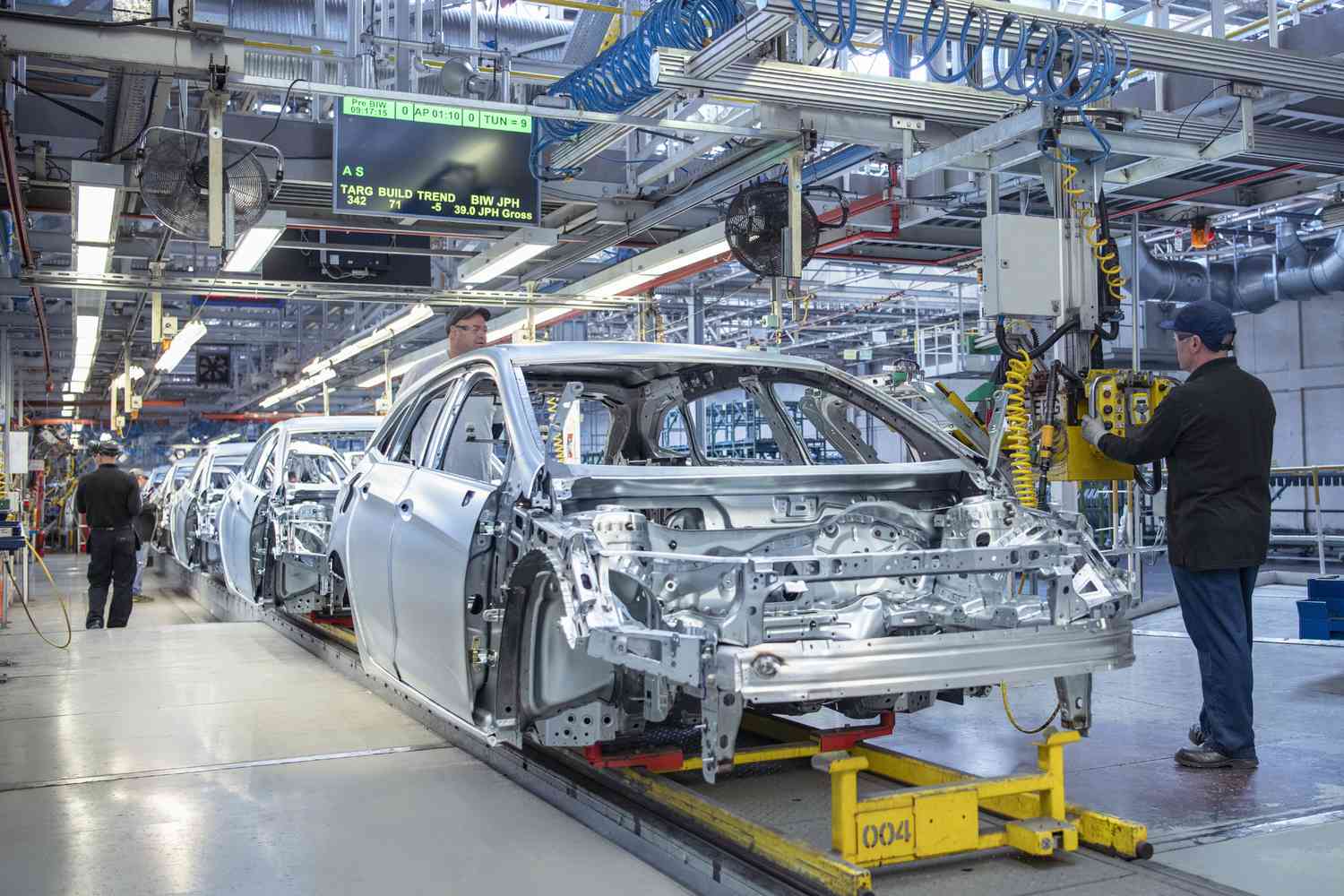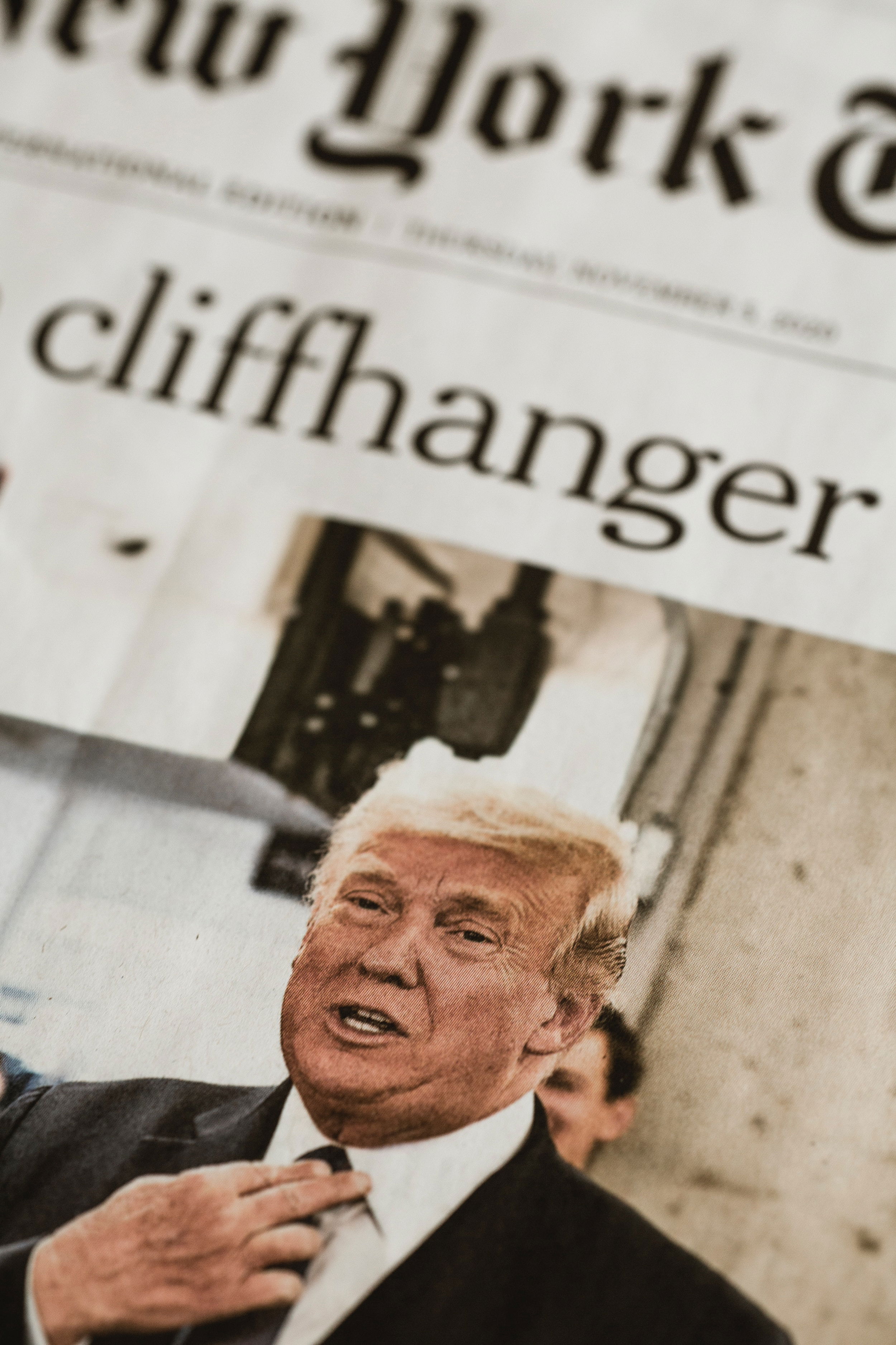In a recent interview with NBC News, former President Donald Trump made waves with his unapologetic stance on auto tariffs, stating, “I couldn’t care less” if automakers raise prices due to his 25% tariff on foreign-made vehicles and parts.
This remark, delivered during a phone interview on March 29, 2025, reinforces the president’s belief that higher prices will push consumers toward American-made cars.
Trump’s tariffs, set to take effect on April 3, should supposedly bolster domestic manufacturing by taxing imported vehicles and components. However, the implications for American consumers and the auto industry are profound.
Analysts predict that car prices could rise by thousands of dollars, with imported vehicles potentially costing $12,500 more. Even domestically produced cars that already rely on imported parts may see significant price hikes.
See also:
How US Tariffs on Mexican and Canadian Auto Imports Could Backfire
For consumers, this means fewer affordable options and increased financial strain, especially as the average price of new cars already hovers around $47,000. The used car market may also feel the ripple effects, with heightened demand inadvertently driving up prices.
More so, the auto industry faces logistical and economic challenges. Manufacturers reliant on global supply chains must navigate higher production costs, potentially disrupting operations and reducing vehicle availability.
While Trump’s tariffs aim to revive U.S. manufacturing, critics argue they could stifle innovation and competitiveness in a globalized market. This policy highlights the tension between economic nationalism and consumer affordability, leaving many questioning its long-term impact on the industry and everyday Americans.
What Are Trump’s Proposed Tariffs?

President Trump’s 2025 tariff plan introduces a 25% tax on foreign-made cars and auto parts, including critical components like engines and transmissions.
Vehicles imported under the United States-Mexico-Canada Agreement (USMCA) will face tariffs only on non-U.S. content. This policy is designed to encourage domestic manufacturing and reduce reliance on global supply chains, but it raises concerns about affordability and market diversity.
This approach echoes Trump’s earlier trade policies during his first term. In 2018, he imposed tariffs on $380 billion worth of imports, targeting countries like China, Canada, and Mexico.
Specifically, Trump imposed tariffs on solar panels and washing machines of 30–50%. In March 2018, he imposed tariffs on steel (25%) and aluminum (10%) from most countries, which, according to Morgan Stanley, covered an estimated 4.1% of U.S. imports.
These measures aimed to protect U.S. industries and secure favorable trade agreements but also triggered retaliatory tariffs and trade wars. The auto industry, in particular, faced increased costs for imported parts, which were often passed on to consumers.
The 2025 tariffs expand on these strategies, with analysts predicting significant price hikes for both imported and domestically assembled vehicles due to the reliance on foreign parts.
While Trump argues that these measures will revitalize U.S. manufacturing, critics warn of potential disruptions to global trade and increased financial strain on American consumers.
How Automakers And Consumers Will Be Affected By Trump’s Tariffs

Photo Credit: Maxim/Unsplash.
Ford, GM, and foreign automakers have voiced mostly guarded concerns over President Trump’s 2025 vehicle tariffs. Ford CEO Jim Farley warned of “significant” industry-wide impacts, citing increased costs for imported parts and vehicles.
In a memo reportedly obtained by the Detroit Free Press, Farley is quoted as saying, “While Ford supports the president’s vision of building a stronger auto industry and manufacturing base in the United States, the situation is dynamic and the impacts of the tariffs are likely to be significant across our industry – affecting automakers, suppliers, dealers and customers.”
He had earlier told analysts at a Wall Street Conference that the tariffs will hurt badly. “Let's be real honest: Long term, a 25% tariff across the Mexico and Canada borders would blow a hole in the U.S. industry that we've never seen.”
GM echoed similar worries, highlighting disruptions to its supply chain, which relies heavily on parts from Mexico and Canada. Foreign manufacturers like Toyota and Honda anticipate price hikes due to their reliance on global supply chains.
The Alliance for Automotive Innovation, a group representing GM, Toyota, Volkswagen, and other major automakers has reportedly warned the new 25% tariffs will hurt U.S. consumers.
“Additional tariffs,” says the Alliance spokesperson John Bozzella, “will increase costs on American consumers, lower the total number of vehicles sold inside the U.S. and reduce U.S. auto exports – all before any new manufacturing or jobs are created in this country.”
For American buyers, these tariffs could mean car prices rising by thousands of dollars. Analysts predict an average increase of 11-12% per vehicle.
Imported vehicles, in particular, may see price surges of up to $12,000. Even domestically assembled cars are not immune, as many rely on imported components subject to the 25% tariff.
See also:
GM and Honda Herald a New Era in Hydrogen Fuel Cell Production with FCSM Facility Launch
Supply chains face severe strain. Automakers dependent on cross-border trade must navigate higher costs and potential delays. GM and Ford are stockpiling parts and reassessing logistics to mitigate disruptions.
Meanwhile, foreign manufacturers are exploring U.S.-based production to avoid tariffs. Domestically, the tariffs should boost manufacturing, but the transition is a complex one. Shifting production to the U.S. requires significant investment and time.
Critics argue that while the policy may create jobs, it risks stifling innovation and reducing consumer choice. The auto industry reaction underscores the delicate balance between protectionism and global trade realities.
Trump’s "I Couldn’t Care Less" Comment – A Political Gamble?

Photo Credit: Natilyn Hicks/Unsplash.
President Trump’s “I couldn’t care less” remark about automakers raising prices due to his 25% tariffs on foreign-made cars reflects a calculated political strategy.
By doubling down on protectionist policies, Trump reinforces his “America First” agenda, appealing to blue-collar workers in manufacturing-heavy states who view tariffs as a means to revive domestic industries.
This demographic, pivotal to his 2024 election strategy, often prioritizes job security over potential price hikes, aligning with Trump’s rhetoric that higher costs will drive demand for American-made cars.
There have been polarized reactions to Trump’s statements. Supporters see it as a bold move to challenge global trade practices and protect American jobs. Critics, including corporate leaders and economists, warn of significant economic fallout, such as rising car prices and strained supply chains.
Automakers like Ford and GM have expressed concerns about increased production costs and potential disruptions. In any case, automakers are doing their best to reassure investors and the American public.
A GM memo obtained by the Detroit Free and directed at employees read; “We are now identifying potential impacts by supplier, vehicle program, plant, and other factors, and working through what we need to do and when.
We are in a strong position to navigate this dynamic situation and will continue to deliver for our customers, employees, and communities. Each of us can contribute by staying focused and delivering on plans for this year, maintaining a disciplined approach and managing discretionary costs."
Trump’s stance resonates with blue-collar workers who feel left behind by globalization, contrasting sharply with corporate leaders who prioritize global supply chain efficiency. This divide underscores the broader tension in Trump’s trade policies: appealing to his voter base while alienating business elites.
His remark, though controversial, strategically positions him as a champion of the working class, leveraging economic nationalism to solidify his legacy long after his administration is over.
Is There A Better Solution?

Alternative trade policies that balance economic growth and consumer protection often emphasize collaboration over confrontation.
For instance, the Trans-Pacific Partnership (TPP), negotiated during the Obama administration, reduced tariffs among 12 nations while setting high labor and environmental standards.
Though the U.S. withdrew under Trump, experts argue that such agreements foster economic growth by integrating global supply chains while protecting domestic industries through enforceable standards.
Economists suggest policies like targeted subsidies for domestic manufacturers, which can boost competitiveness without imposing blanket tariffs.
For example, Germany’s subsidies for its auto industry have helped maintain global leadership in innovation while keeping consumer prices stable. Trade facilitation measures, such as streamlined customs procedures, also enhance efficiency without burdening consumers.
Comparing Biden and Trump on auto tariffs reveals stark differences. Trump’s approach, including his 25% tariffs on foreign-made cars, prioritizes protectionism to revive domestic manufacturing.
Biden, while retaining many Trump-era tariffs, focused on targeted measures—such as tariffs on Chinese electric vehicles—to support industries aligned with his climate agenda. This nuanced strategy aims to balance economic nationalism with global competitiveness.
Ultimately, trade policy alternatives like multilateral agreements and targeted subsidies offer solutions that protect consumers while fostering growth.
What Trump’s Auto Tariffs Means For Everyday Americans

Photo Credit: Markus Spiske/Unsplash.
Trump’s auto tariffs, imposing a 25% tax on foreign-made cars and parts, could lead to significant price hikes for car buyers. Imported vehicles may cost thousands more, while even U.S.-assembled cars face rising costs due to reliance on foreign components.
The auto industry future hangs in the balance, with manufacturers navigating strained supply chains and higher production expenses. While Trump’s trade policy effects aim to bolster domestic manufacturing, critics warn of reduced consumer choice and affordability.